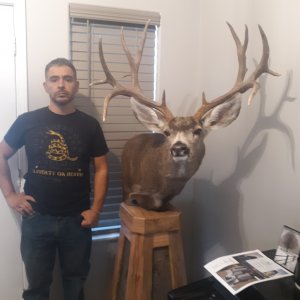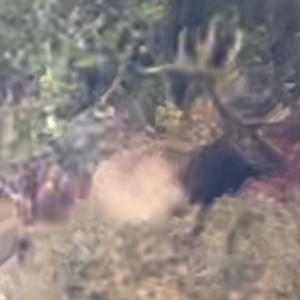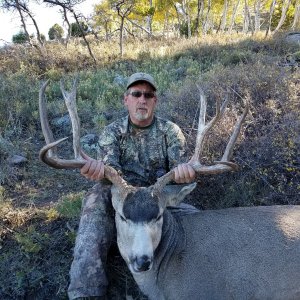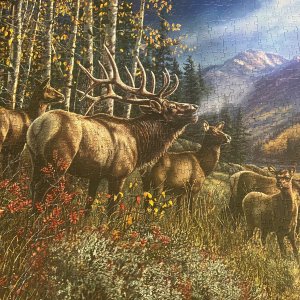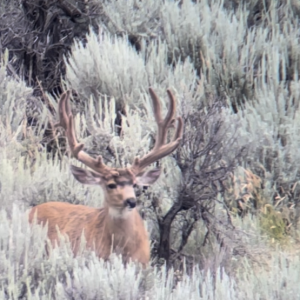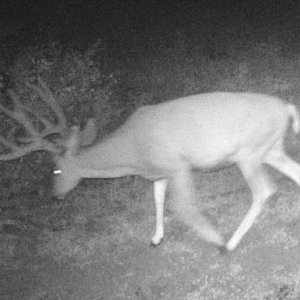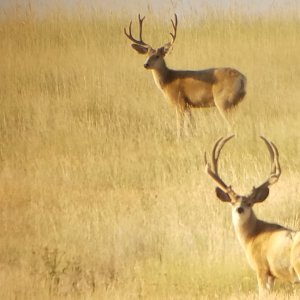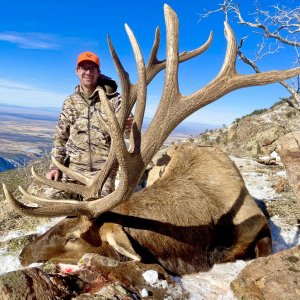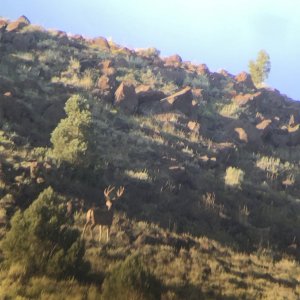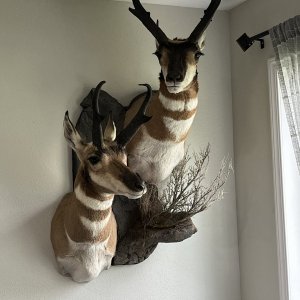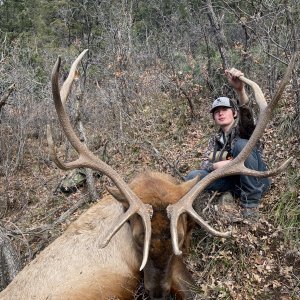I was out scouting the last 48 hours and saw several does,bucks and fawns. There was one fawn that really caught my attention because it looked very very young. It was spotted and looked as if it had just started walking. Of all the fawns I saw, it was the only one spotted. My question is that normal to see such a very young fawn so late in the year? My concern is that if fawns are born too late into the year, they may not last the winter. I have no idea what the length of pregnancy is for a doe.
Can someone enlighten me?
Theodore Roosevelt's guidance concerning conservation...
"The movement for the conservation of wildlife, and the conservation of all our natural resources, are essentially democratic in spirit,purpose and method."
"We do not intend that our natural resources shall be exploited by the few against the interests of the majority. Our aim is to preserve our natural resources for the public as a whole, for the average man and the average woman who make up the body of the American people."
"It is in our power...to preserve game..and to give reasonable opportunities for the exercise of the skill of the hunter,whether he is or is not a man of means."
Can someone enlighten me?
Theodore Roosevelt's guidance concerning conservation...
"The movement for the conservation of wildlife, and the conservation of all our natural resources, are essentially democratic in spirit,purpose and method."
"We do not intend that our natural resources shall be exploited by the few against the interests of the majority. Our aim is to preserve our natural resources for the public as a whole, for the average man and the average woman who make up the body of the American people."
"It is in our power...to preserve game..and to give reasonable opportunities for the exercise of the skill of the hunter,whether he is or is not a man of means."

